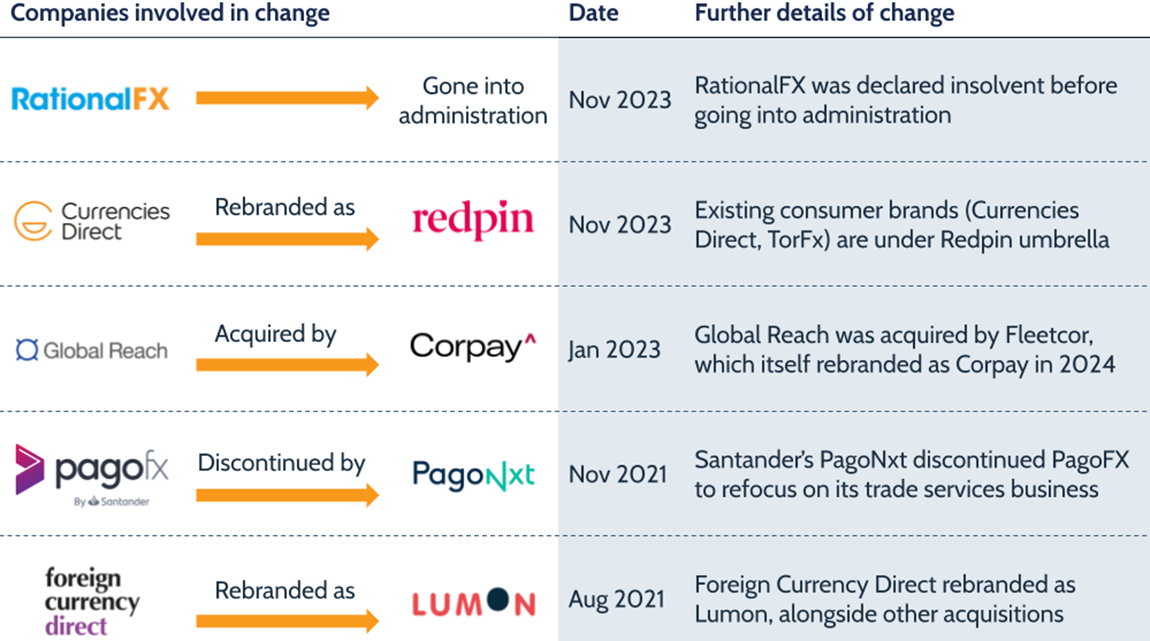We’re at the start of earnings season, and for most businesses who have reported so far, the story is much the same as Q4 – we appear to be over the worst of the pandemic, but the economic impact is by no means over. We’ll be covering plenty more in the coming weeks, including Visa and Mastercard next week, but for now here’s some of the highlights of the most recent earnings reports:
PagoNxt: Q1 2021
Santander’s new digital payments platform PagoNxt has for the first time earned its own entry as a line item in the company’s results, bringing together merchant solutions, trade solutions (including Ebury), its Latam-based Superdigital app and money transfers app PagoFX. In Q1 2021 the segment saw revenue decline by a third, year over year (down to €67m). Losses for the quarter were €73m, due in part the integration of assets owned by Wirecard, which Santander recently acquired, as well as initial investments as the company builds up the new division.
The pandemic has squeezed margins, particularly Brazil. In general, the PagoNxt has seen a greater focus on ecommerce, achieving a 14% increase in active merchants and a 26% climb in payments volume. This comes with lower margins than other parts of the business, but greater long-term growth potential.
Fiserv: Q1 2021
Q1 2021 saw payment processor Fiserv continue steady revenue growth (up 4% for the quarter), causing it to make a modestly improved update to its internal revenue growth projections for the year ahead. North America was its strongest region, in line with broader economic Covid trends.
Not surprisingly, ecommerce has played a role. Its Merchant Acceptance segment in particular saw 8% internal revenue growth underpinned by its Clover product, driven by a 24% climb in ecommerce transactions and 13% rise in global merchant volumes. Overall, Fiserv expects growth of 9-12% for 2021.
Worldline: Q1 2021
Worldline, with €5bn of revenue, focuses on payments processing and travel-related payments in Western Europe and Scandinavia and is a great indicator for those regions. The pandemic dominated the company’s Q1 2021 results, producing an as-expected 9% decline in organic growth. Looking to Q2, it sees further declines in France and Belgium, improvements in Austria, Switzerland and Denmark and flat outlook for Germany and Sweden.
However, there are positives ahead. The company reported that improvements towards the end of Q1 suggest a better Q2 performance, and is predicting double-digit organic growth in H2 as travel returns.


